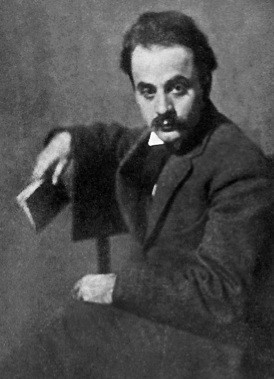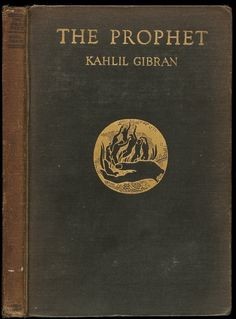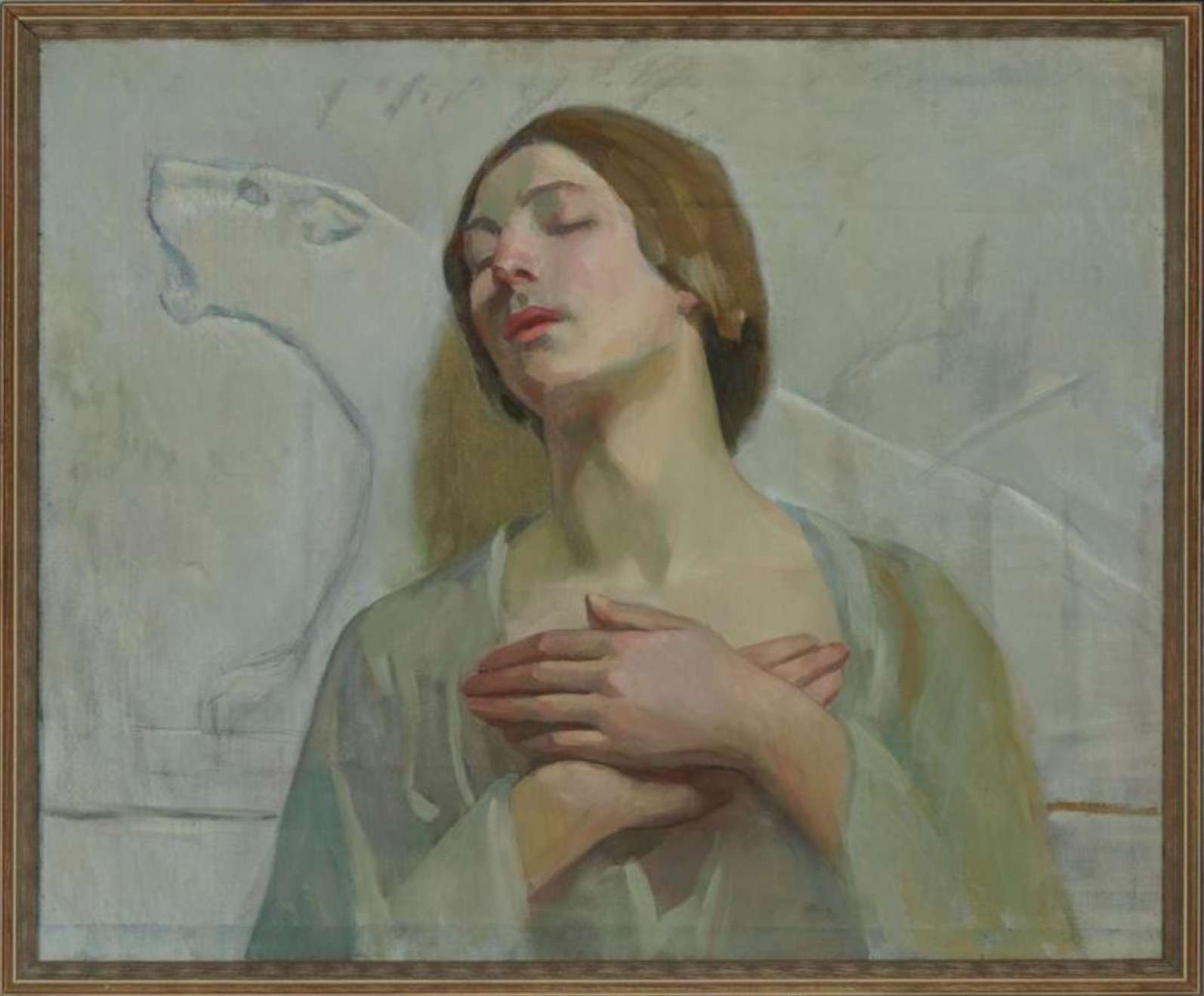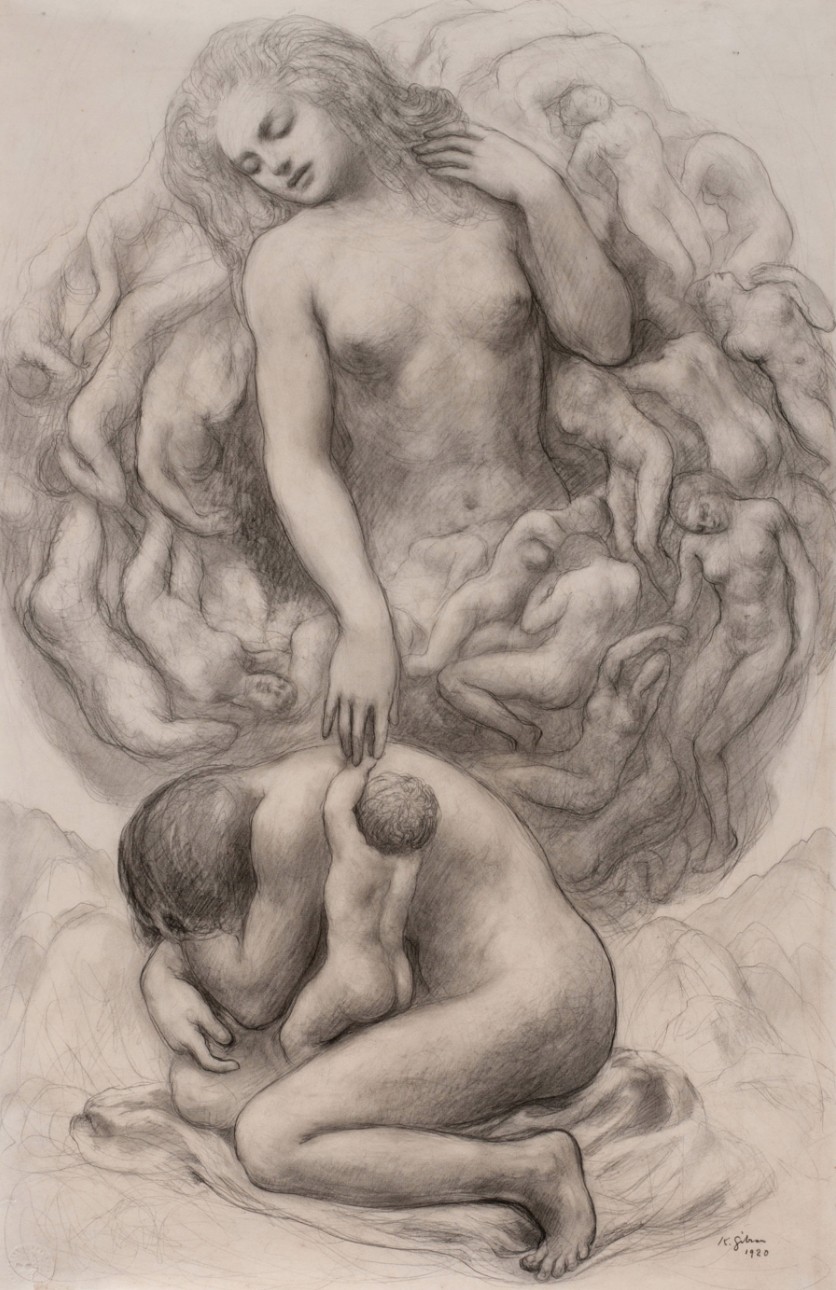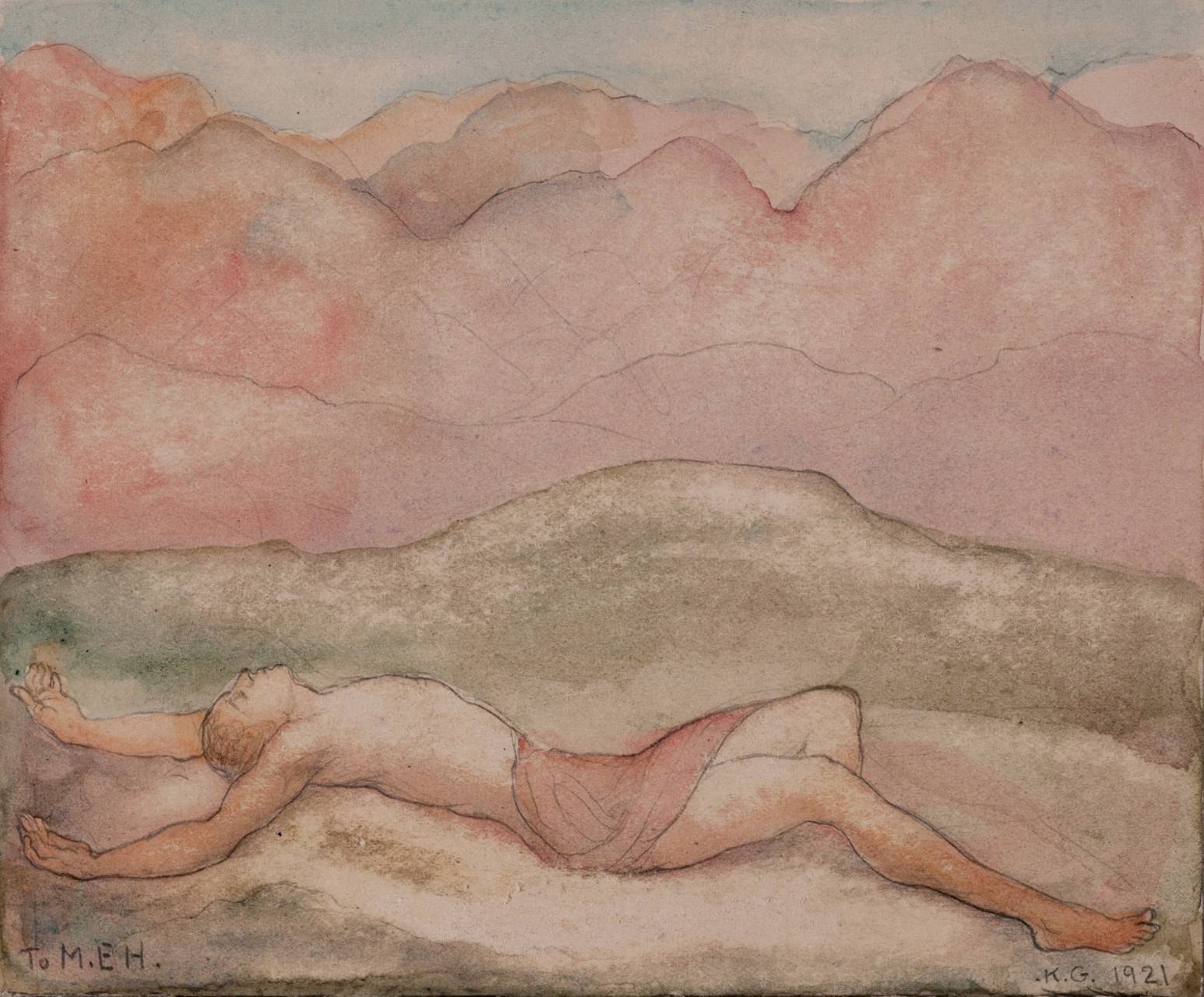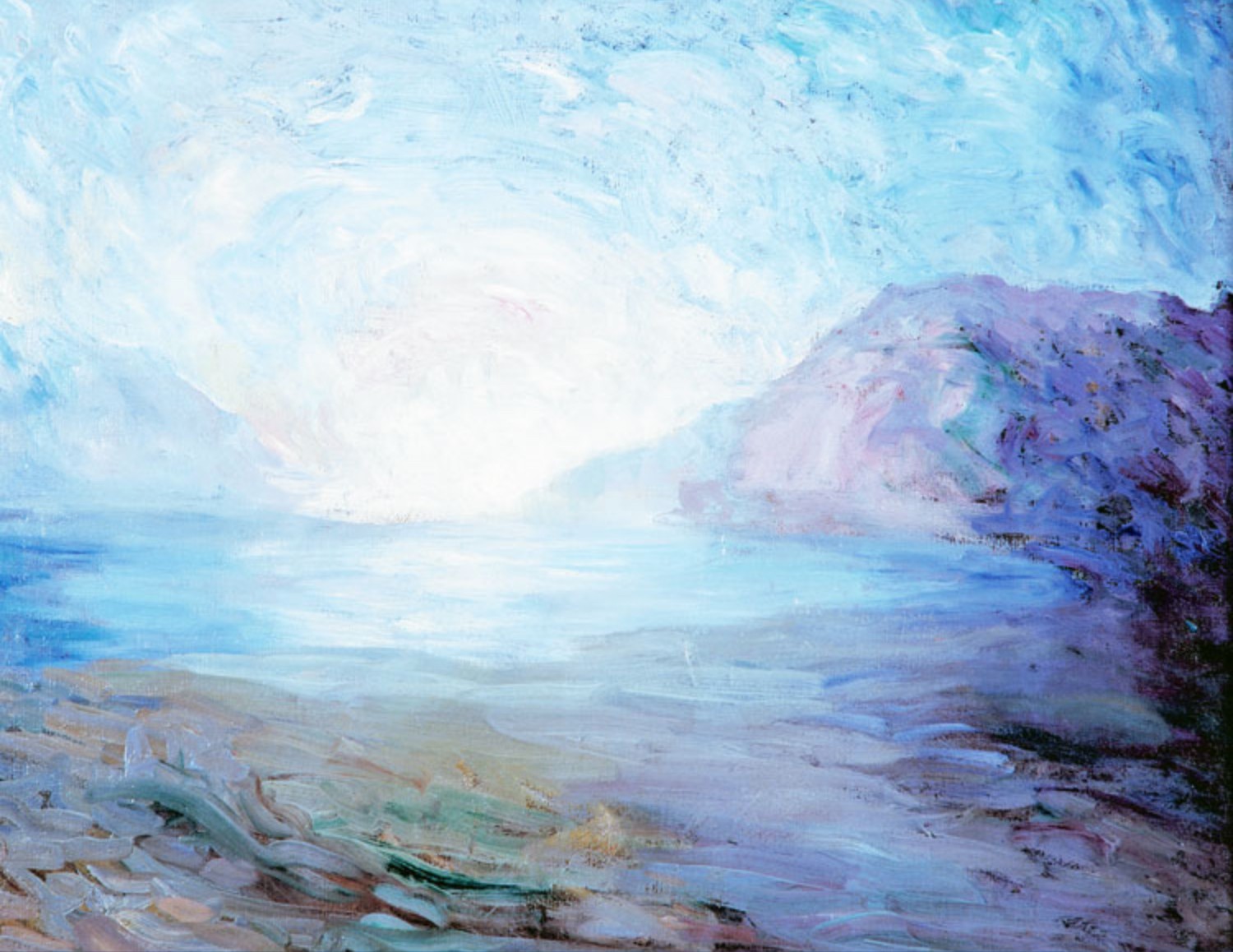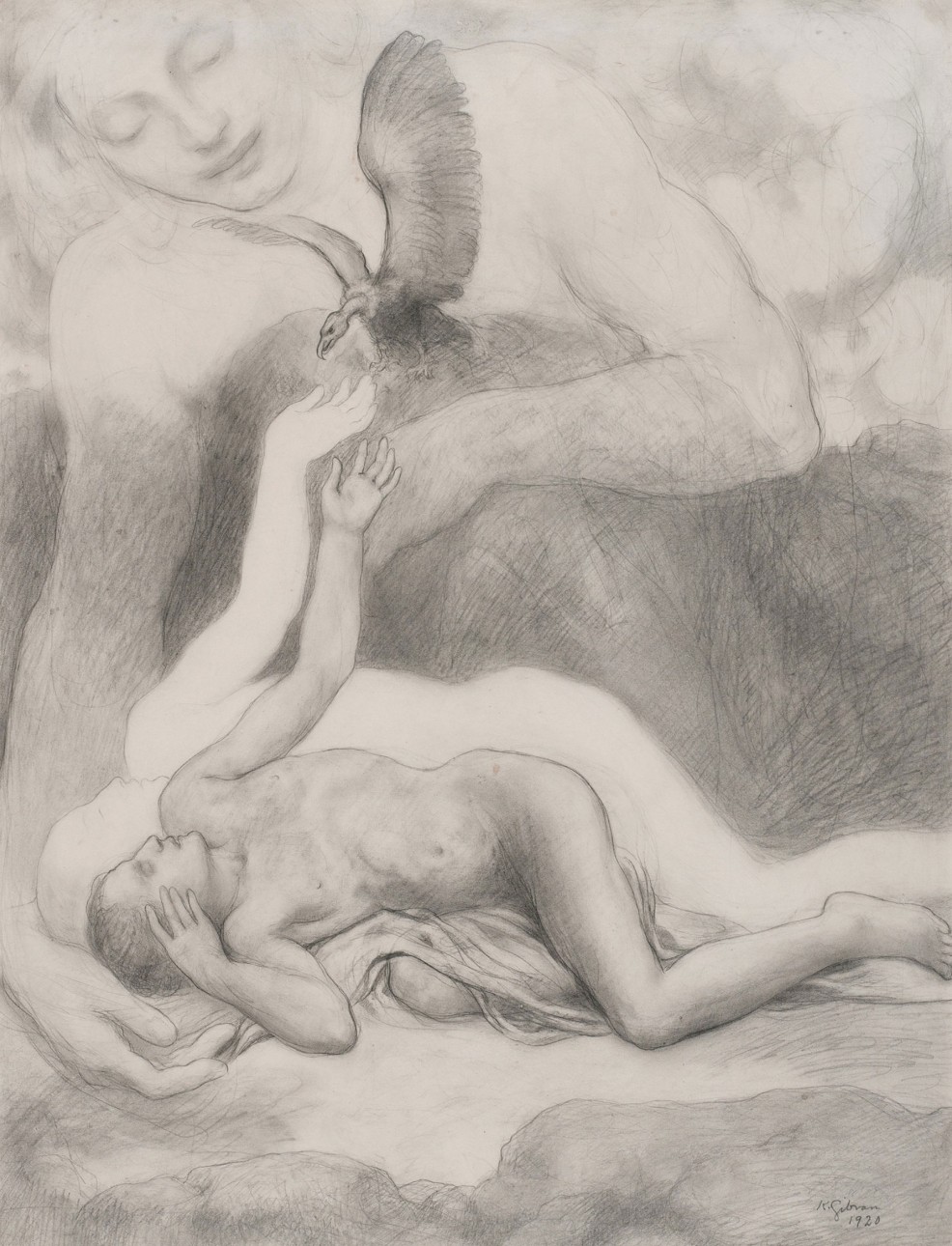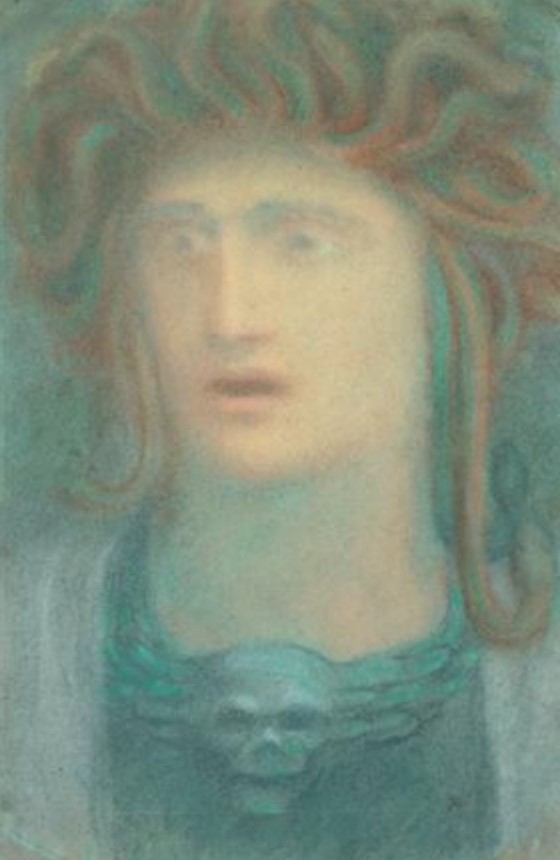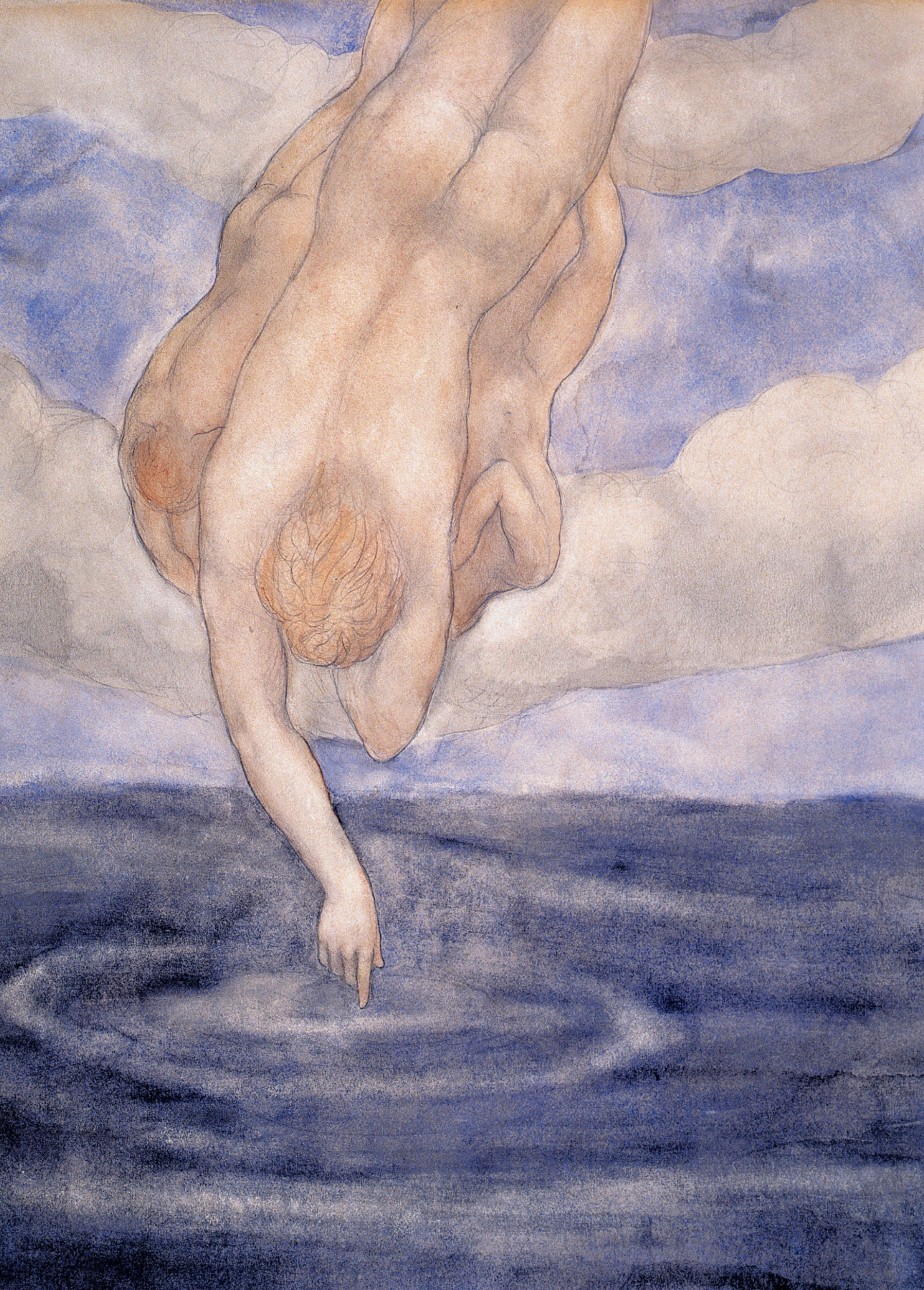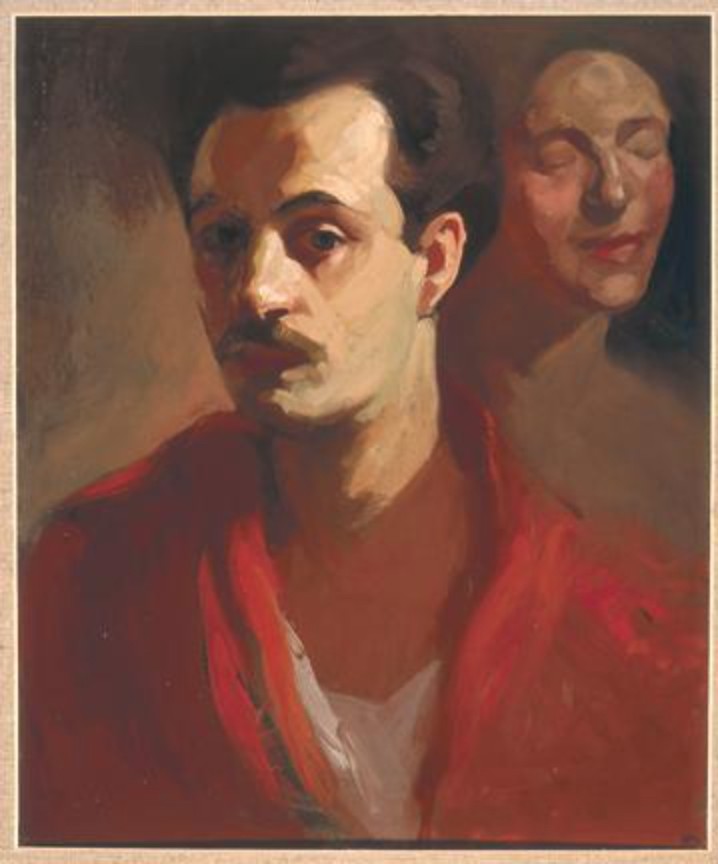The Visual Art of Kahlil Gibran
A Greater Beauty: The Drawings of Kahlil Gibran is an exhibition at The Drawing Center in New York City in association with the 100th anniversary of the publication of Gibran’s most famous book, The Prophet. The exhibition celebrates the visual art of the Lebanese-American poet, artist, and essayist (1883-1931). Though best known for his writings Gibran thought of himself as a visual artist as well as a writer. In addition to Gibran’s drawings and sketches, the exhibition includes manuscript pages, notebooks, correspondence, and other materials related to the artist to place the drawings in the context of his broader career. The exhibition continues through September 3.
Born in the Ottoman Empire, in what is Lebanon today, Gibran Kahlil Gibran emigrated to the United States with his mother and siblings in 1895. His artistic talent was recognized while he was still a student. At age 15 he was sent to Beirut to study Arabic literature and it was in college there that he began writing poetry. From Beirut, he went to Paris to study painting. He returned to the US in 1902 and his paintings were exhibited publicly for the first time in 1904. He was able to go back to Paris to study in 1908, this time at the famed Académie Julian. Having moved back to New York in 1910, additional exhibitions of his art were held in 1914 and 1917. Drawing and painting continued to be part of Gibran's life even as his writings in English and Arabic dominated his creative output in the 1920s. Kahlil Gibran died at the age of 48 in New York City on April 10, 1931.
Gibran’s visual art was influenced by many of the same ideas and experiences that inspired his writing. The artist’s subjects include the spiritual themes that concerned him in his writings, but Gibran also depicted friends and family members in naturalistic portrait drawings and paintings. Noted for his non-sectarian approach to religious belief, in both writing and visual art, Gibran combined ideas from Christianity, Islam, and Buddhism as well as incorporating Jungian philosophy and Classical mythology. Many of his drawings and watercolors were created as illustrations for his own writings, and he also illustrated books and magazine articles for fellow writers. In artistic style, Gibran’s paintings and drawing show influence of the Symbolist movement which was popular in the late 19th and early 20th centuries. In common with members of the Symbolist movement, he created imagined landscapes and used elements of traditional religious and mythological themes in non-traditional ways. The swirling abstract forms that characterize many of his works can be related to Symbolist painters like Albert Pinkham Ryder (American, 1847-1917), who had befriended Gibran in 1914. In addition, Gibran was influenced by the mystical art and writings of the British artist William Blake (1757-1827), an influence which is apparent in both his writings and his visual art.
A selection of Kahlil Gibran’s paintings and drawings is shared below. If a caption overlaps the image, click on the image to close the caption.
